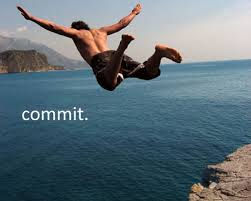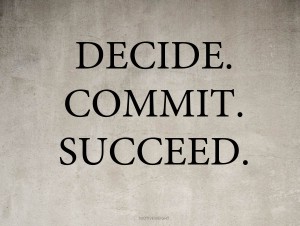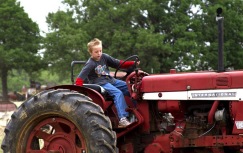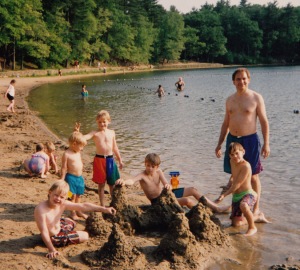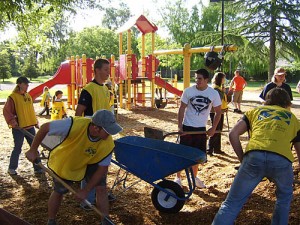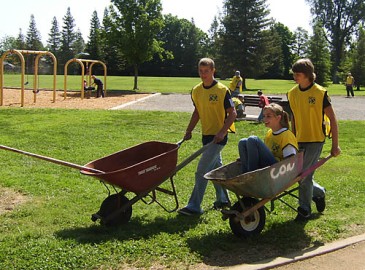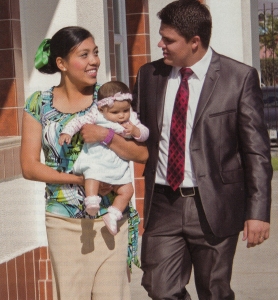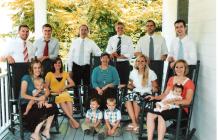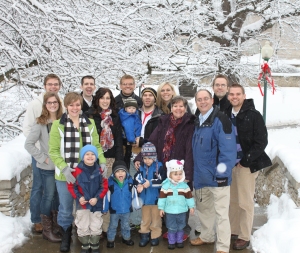This post is an extension of a post from MormonPanorama that lists poetry that our family has learned to love over the years.
Poems appear below for which we wanted to highlight selected lines on a webpage, or for which we happened to find no convenient website for an individual work of poetry. Enjoy!
-Dave and the MormonPanorama Family
·———————————————————————————————-·
Martín Fierro, epic gaucho poem from Argentina (1872) — José Hernández
·———————————————————————————————-·
I sit me here to sing my song
To the beat of my old guitar;
For the man whose life is a bitter cup,
With a song may yet his heart lift up,
As the lonely bird on the leafless tree
That sings ‘neath the gloaming star.
May the shining Saints of the heavenly band,
That sing in the heavenly choir,
Come down and help me now to tell
The good and ill that me befell,
And to sing it true to the thrumming strings;
For such is my desire.
Come down, ye Saints, that have helped me
In many a perilous pass;
For my tongue is tied and my eyes grow dim,
And the man that calls, God answers him,
And brings him home to his own roof-tree,
Out of many a deep morass.
O many singers have I seen,
That have won a singer’s wreath,
That have talked a lot as they passed the pot,
Of the songs they sang and the songs they wrought,
Till their voices rusted in their throats,
As a knife rusts in its sheath.
Now all that a son of the plains may do,
To none shall I give best;
And none may daunt with a windy vaunt,
Or bristle my scalp with a phantom gaunt,
And as song is free to all that will,—
I will sing among the rest.
I will sing my song till my breath gives out,
I will sing when they bury me;
And singing I’ll come where the angels roam
The rolling plains of their starry home,—
Into this world I came to sing,
As I sang on my mother’s knee.
And let my tongue be glib and sweet,
My words be not halt nor few,
And the men to come that I shall not see,
In days to be will remember me,
By the song I sang in the days gone by,
That now I sing to you.
[The first seven stanzas of Martín Fierro, epic gaucho poem from Argentina (1872) — José Hernández. It was very common for people to have quotes from the work hanging on the walls of their homes, with their favorite thoughts of gaucho-esque philosophy. The entire work is 2,316 lines long, 386 stanzas of payadas or rural ballads, each with a strict six-line rhyming scheme (like the six strings of a guitar) invented by Hernández specifically for this work of poetry, as well as an 8-syllable rhythmic pattern. The first line is kept “free” and unrhymed, allowing Hernández to present a “thesis” to the stanza without having to worry about the last word being part of the rhyme scheme. Lines two, three and six rhyme together while lines four and five constitute an independent rhyming group. The English translation (traditionally, the truest English translation, using an altered but similarly strict scheme) is by Scottish translator Walter Owen, who wonderfully called his work not translation but “transvernacularisation”.]
·————————————·
The Works of Ogden Nash
·————————————·
Ogden Nash was best known for surprising, pun-like rhymes, sometimes with words deliberately misspelled for comic effect. Among his most popular writings were a series of animal verses, many of which featured his off-kilter rhyming devices:
The Jellyfish
You can have my jellyfish
I’m not sellyfish
The Fly
The Lord in His wisdom made the fly
And then forgot to tell us why
The Panther
The panther is like a leopard,
Except it hasn’t been peppered.
Should you behold a panther crouch,
Prepare to say Ouch.
Better yet, if called by a panther,
Don’t anther.
The Eel
I don’t mind eels
Except as meals.
And the way they feels.
The most frequently quoted of these poems is his ode to the llama:
The Lama
The one-L lama, he’s a priest
The two-L llama, he’s a beast
And I would bet a silk pyjama
There isn’t any three-L lllama.
(Nash appended a footnote to this poem: “The author’s attention has been called to a type of conflagration known as a three-alarmer. Pooh.”)
Nash’s poetry was often a playful twist of an old saying or poem. He expressed this playfulness in what is perhaps his most famous rhyme. Nash observed the following in a turn of Joyce Kilmer’s words, “I think that I shall never see a poem lovely as a tree.”
Song of the Open Road
I think that I shall never see
A billboard lovely as a tree.
Perhaps, unless the billboards fall,
I’ll never see a tree at all.
A Word to Husbands
To keep your marriage brimming,
With love in the loving cup,
Whenever you’re wrong, admit it;
Whenever you’re right, shut up.
Reflections on Babies
A bit of talcum
Is always walcum.
Reflections on Ice-Breaking
Candy
Is dandy
But liquor
Is quicker.
In 1968 he added:
Pot is not.
He also commented:
I often wonder which is mine:
Tolerance, or a rubber spine?
His one-line observations are often quoted:
People who work sitting down get paid more than people who work standing up.
Progress might have been all right once, but it has gone on too long.
Webcredits:
http://www.ogdennash.org/ogden_nash_biography.htm
and
http://poetrysplash.tripod.com/ogdennash2.htm
——– End of Post ——–
















